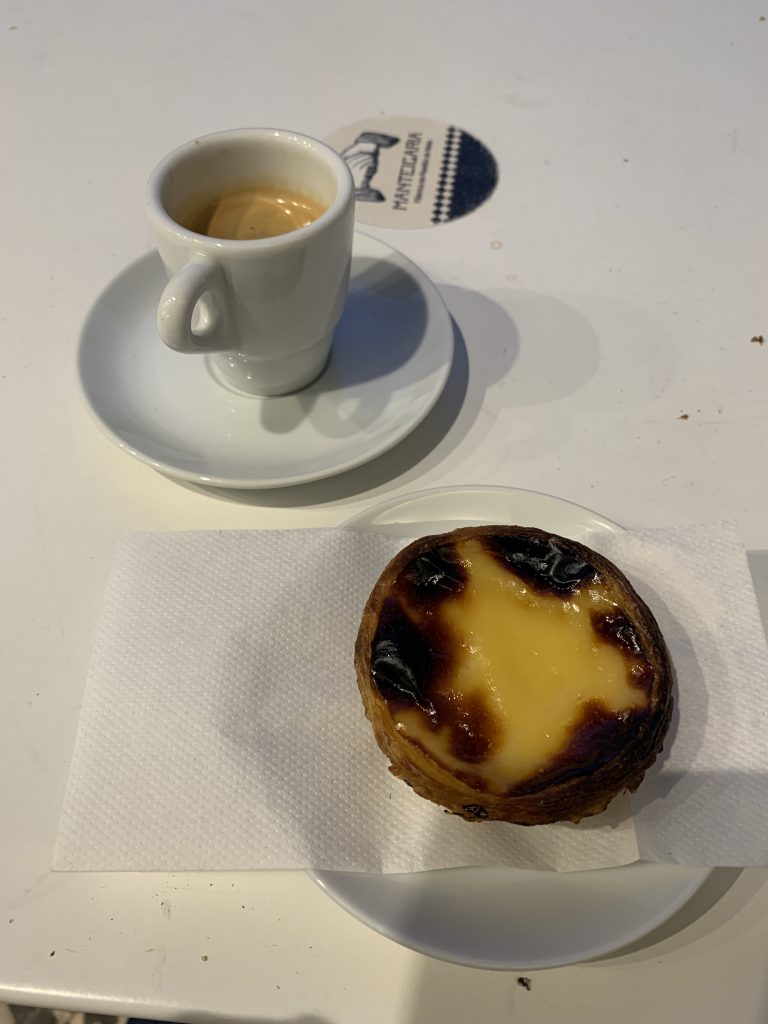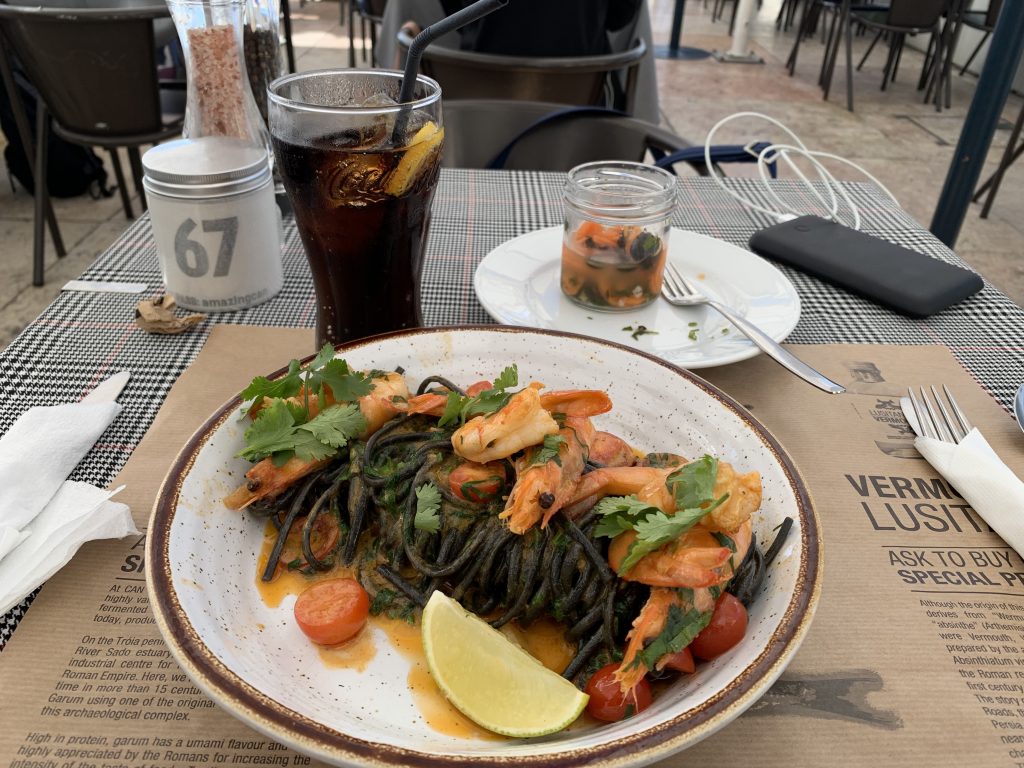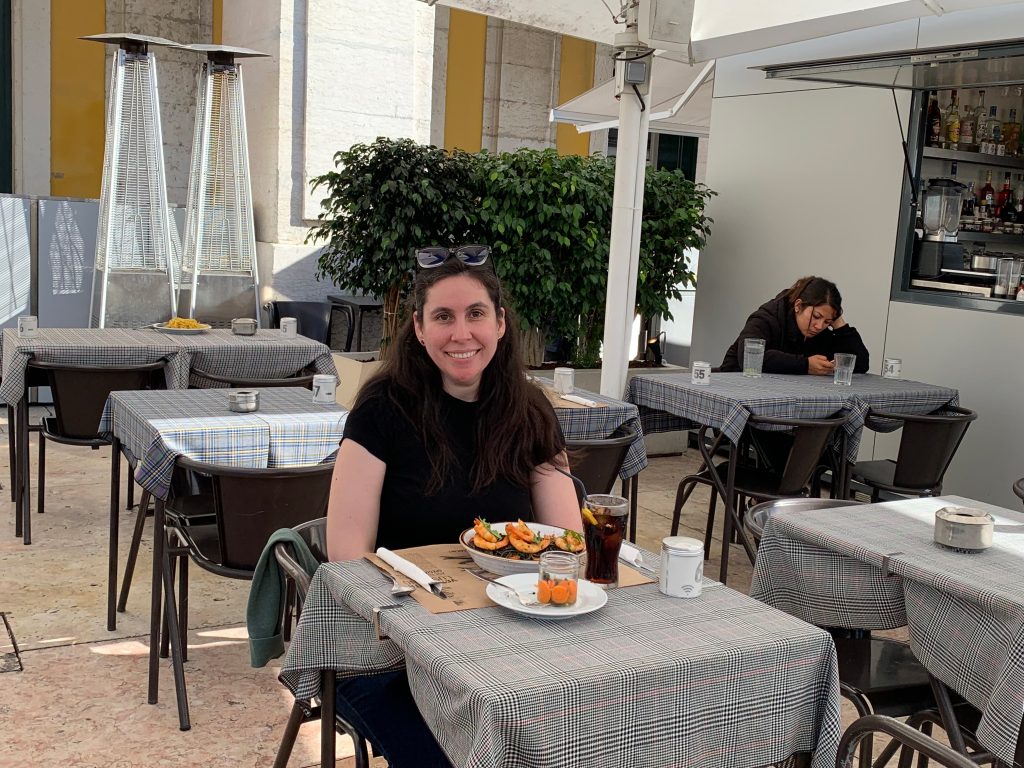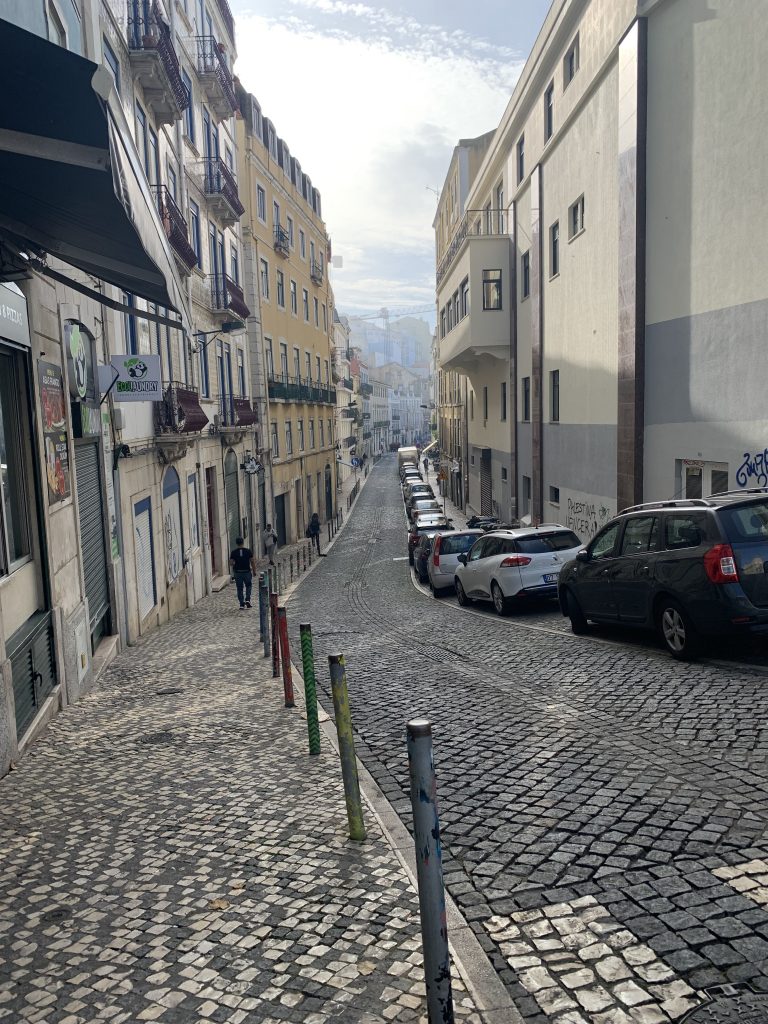
Lisboa is a very touristy city. The buses and metro are very easy to use, there is Wifi in restaurants and public transportation. Hard to get lost.
Most of the building and houses throwout Lisboa are in the Manueline, Pombaline, Baroque, Gothic, Moorish, and Neoclassical architectural style.
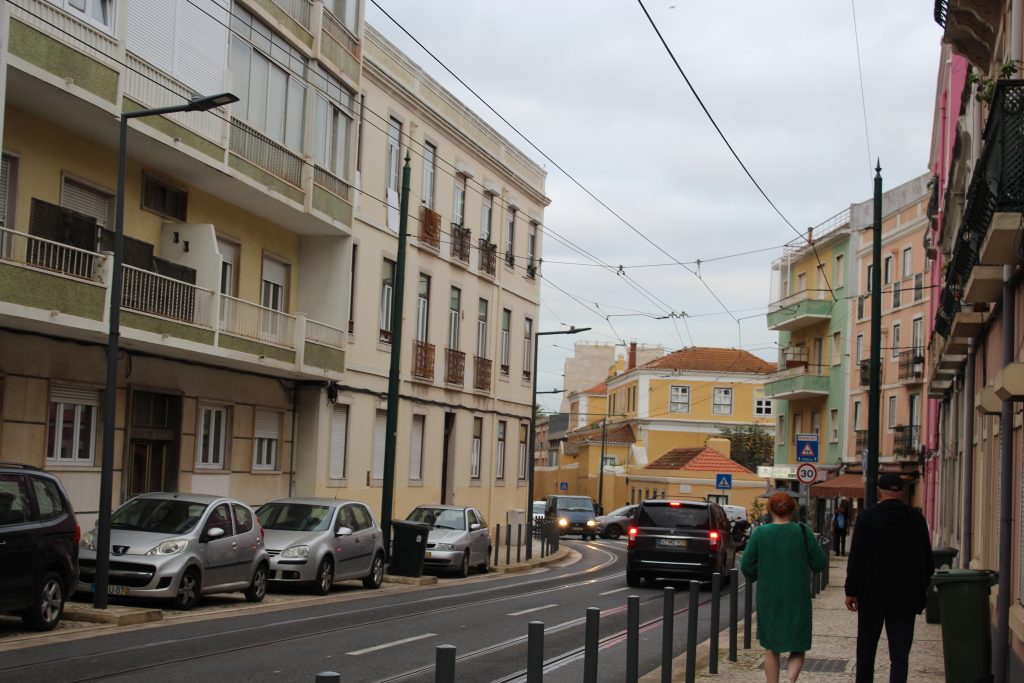
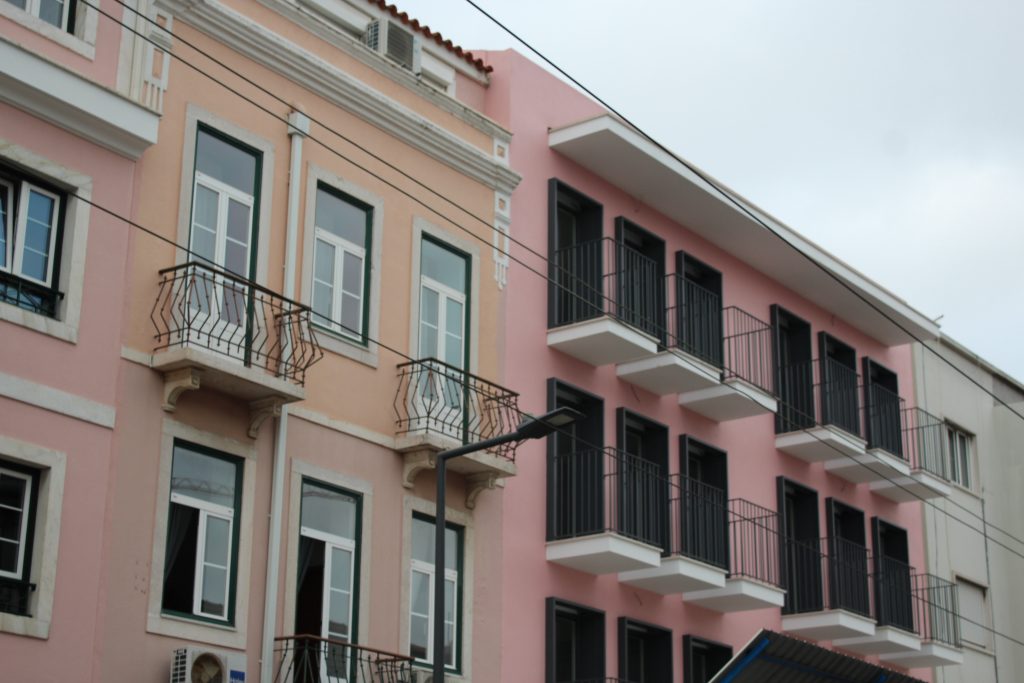
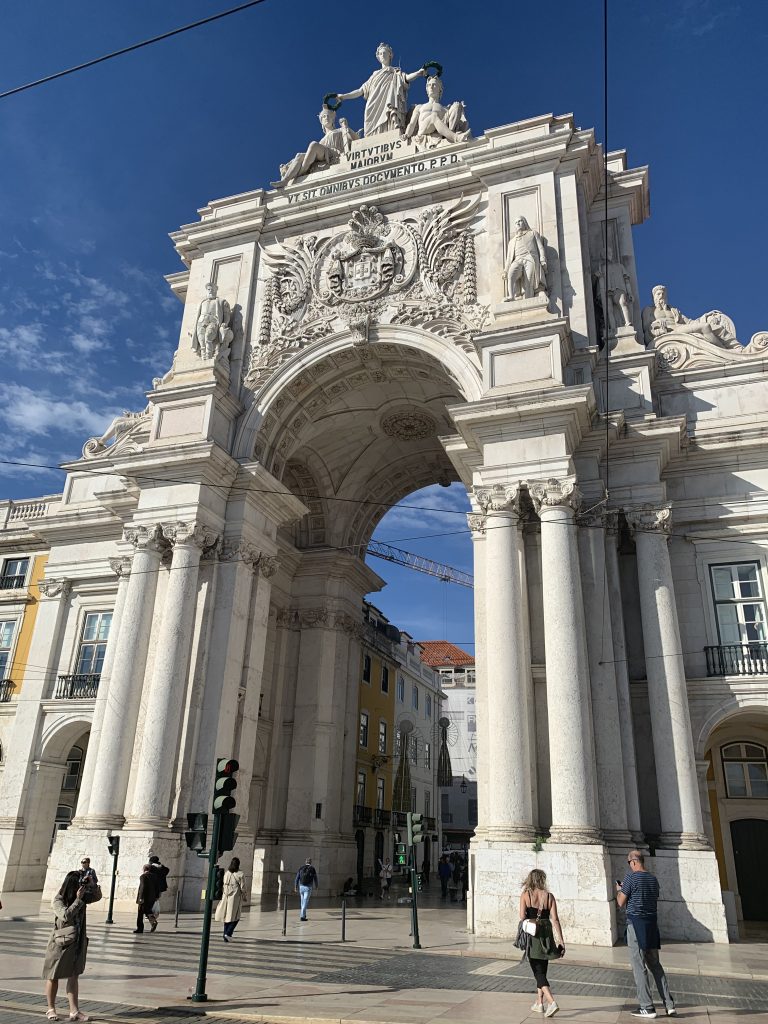
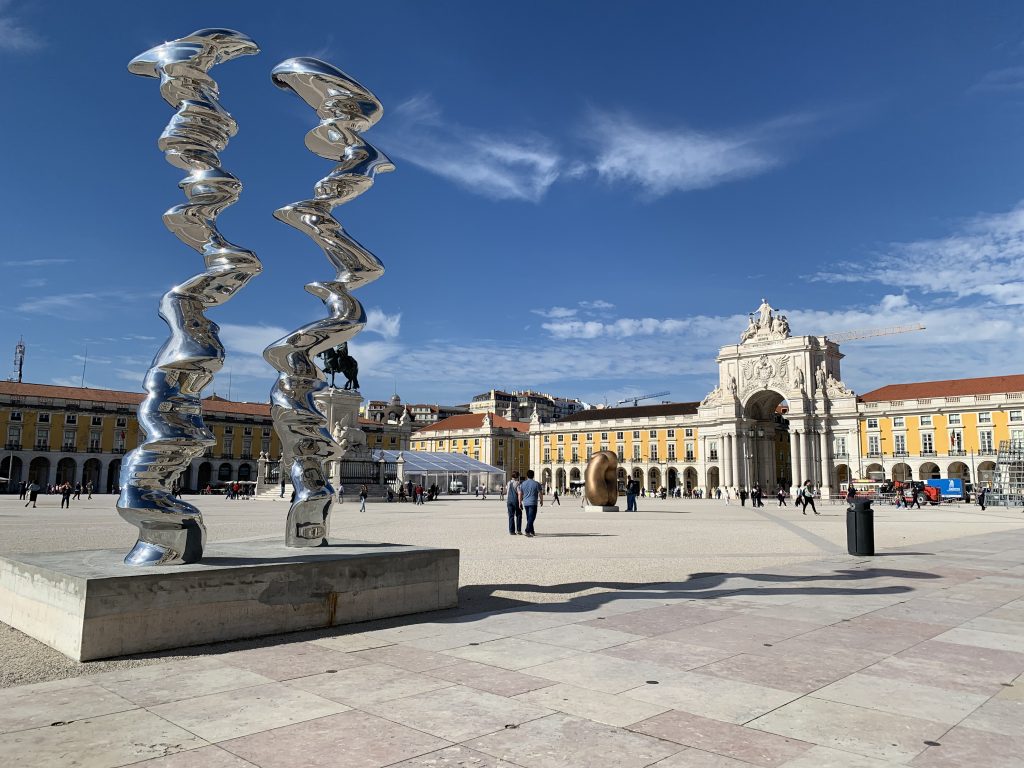
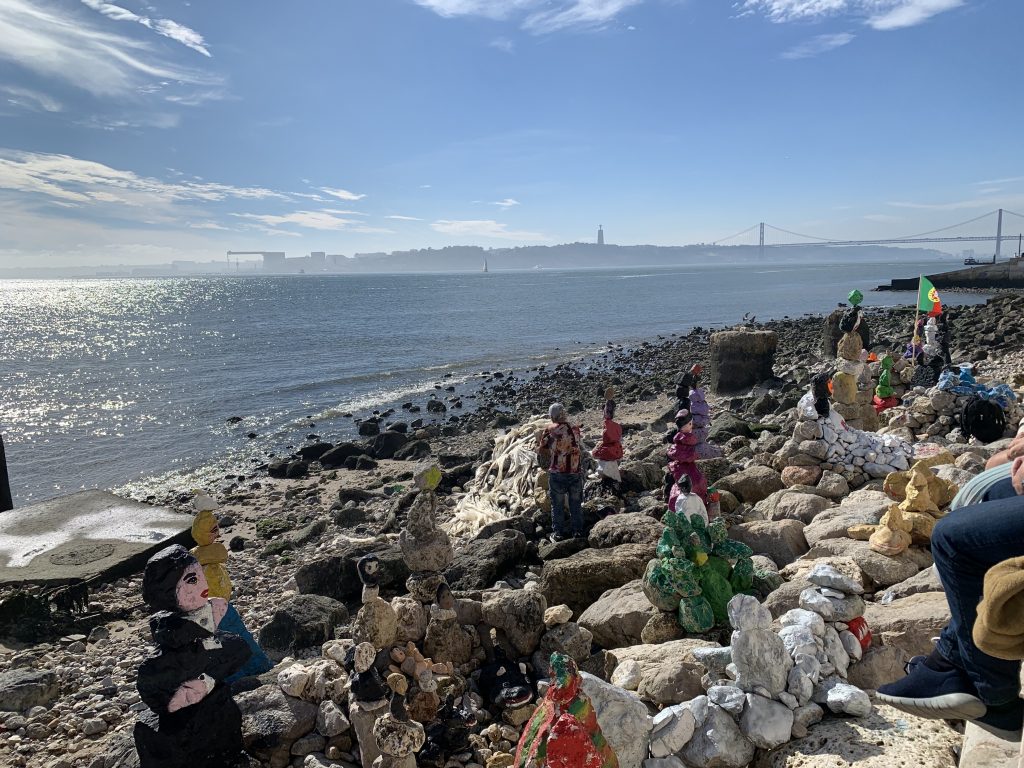
During my walk I was happy to find some structure that were a bit different, some were pure modern minimalist houses.
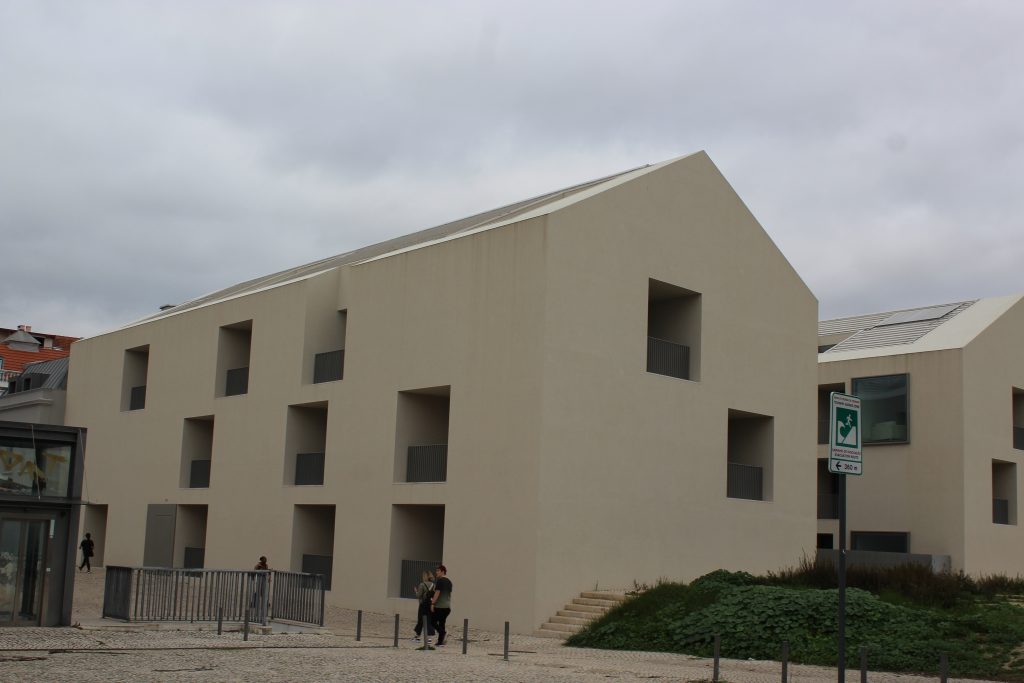
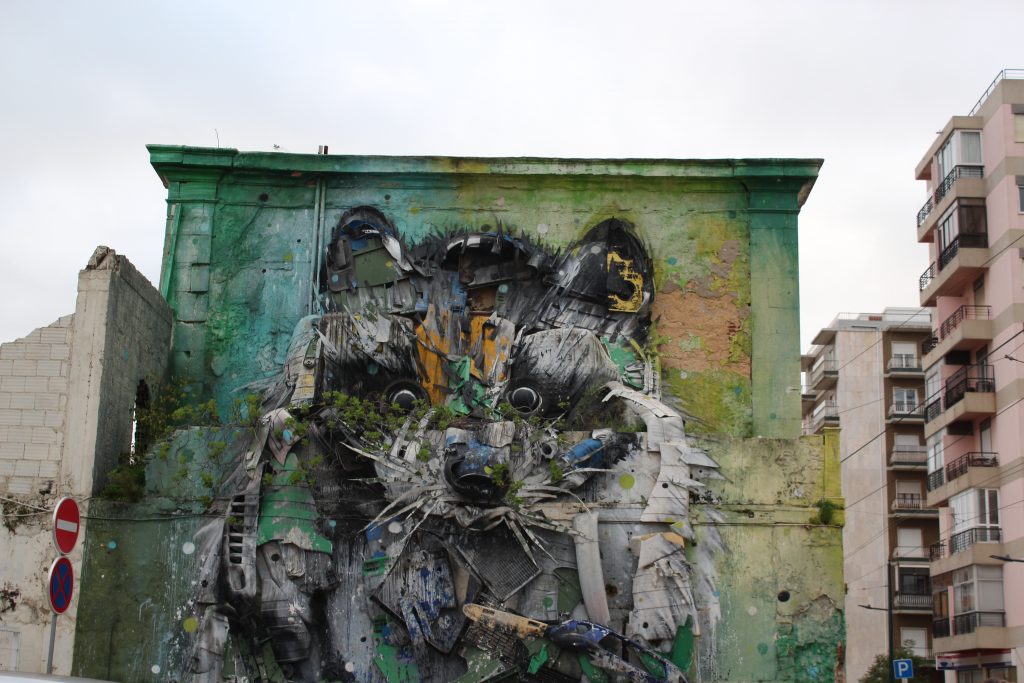
MAAT
Museum of Art, Architecture and Technology (maat) spreads over two neighboring buildings, Portugal’s first power station and a modern construction designed by British architect Amanda Levete.
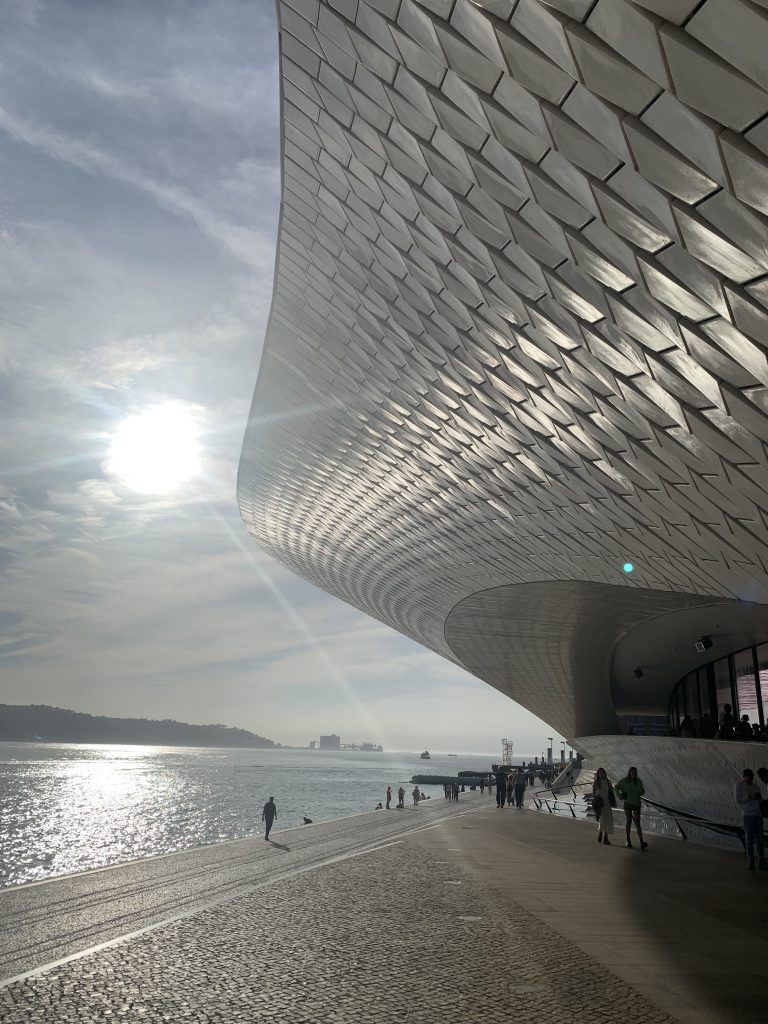
The curvy, white-tiled building (which resembles a wave rising towards the river) is one of Lisbon’s modern icons.
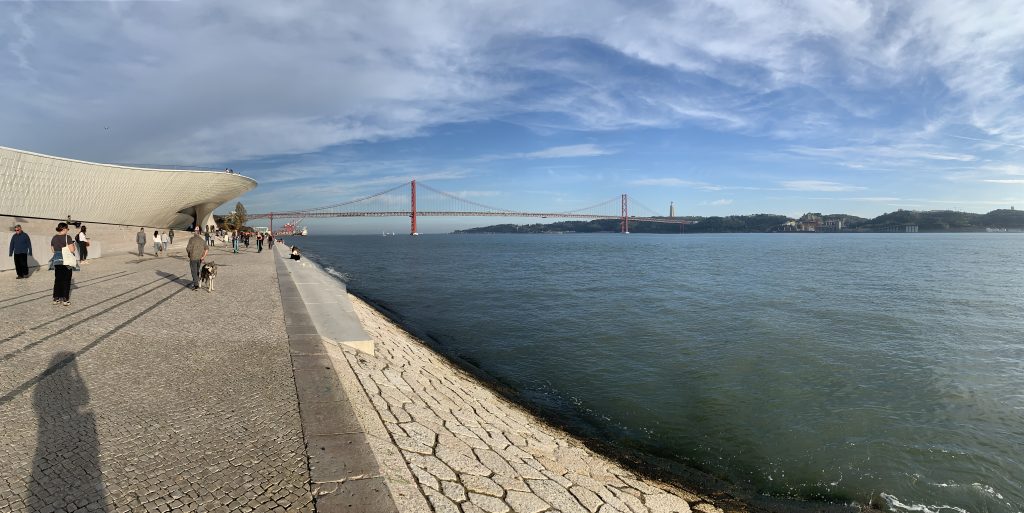
The exhibition were “cute”. the use of fabric and patterns were interesting and very pleasants, the scale is what made them so fun and interesting. 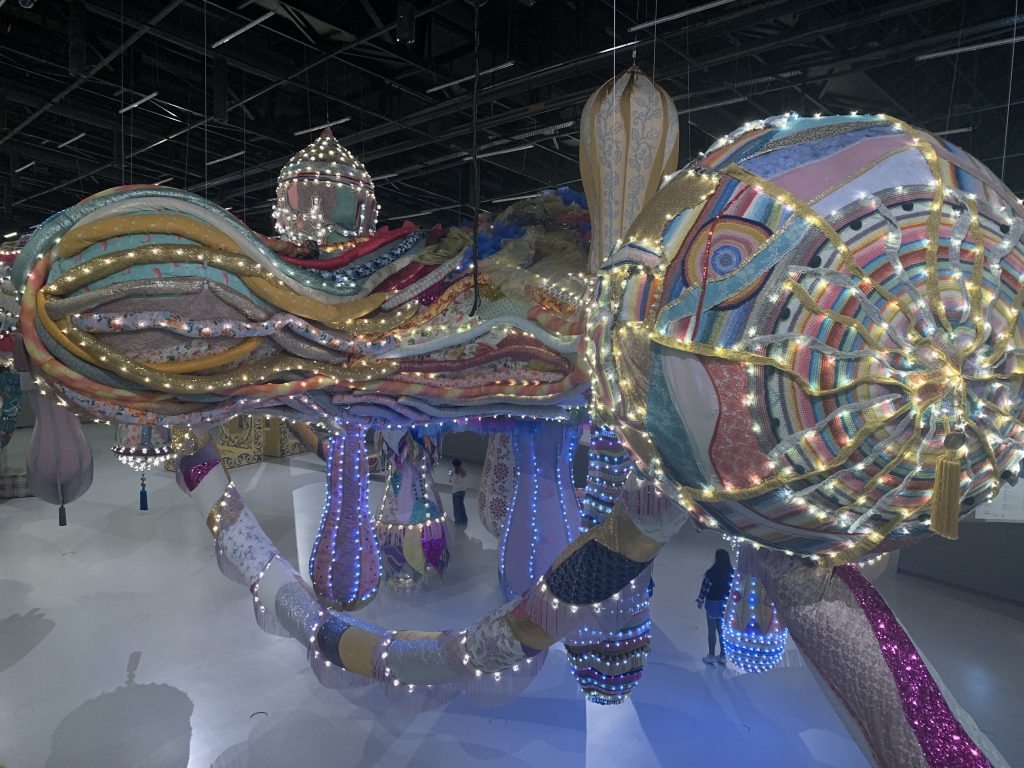

The brick building has some exhibition areas but mostly it shows the process of obtaining electricity .
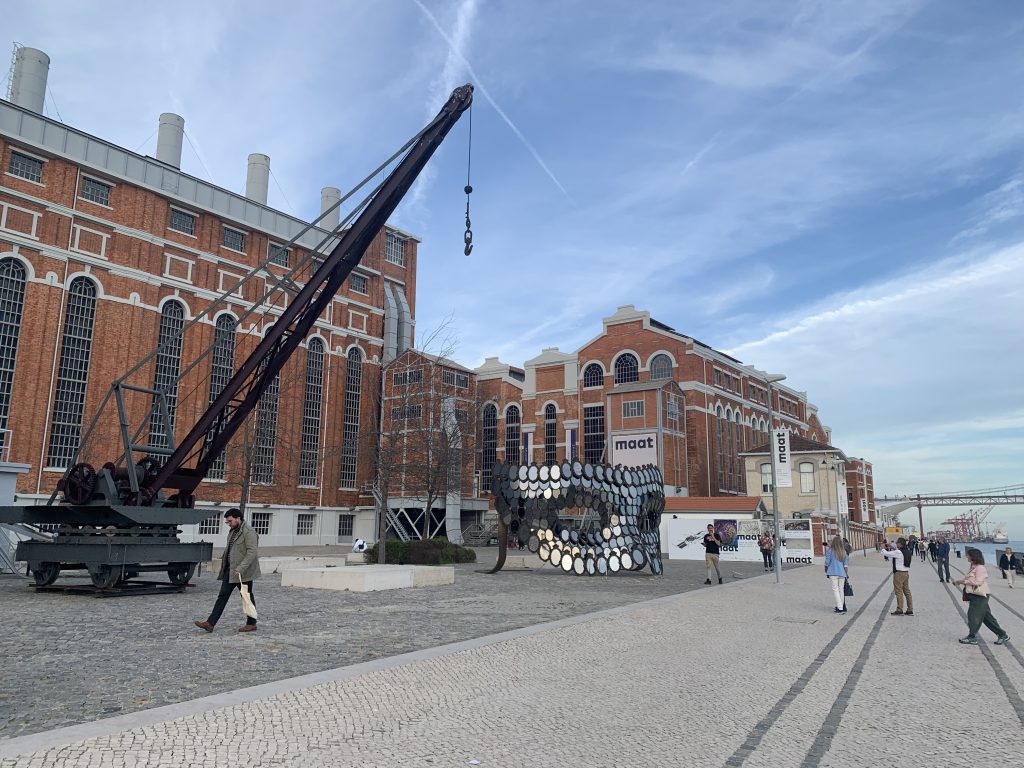

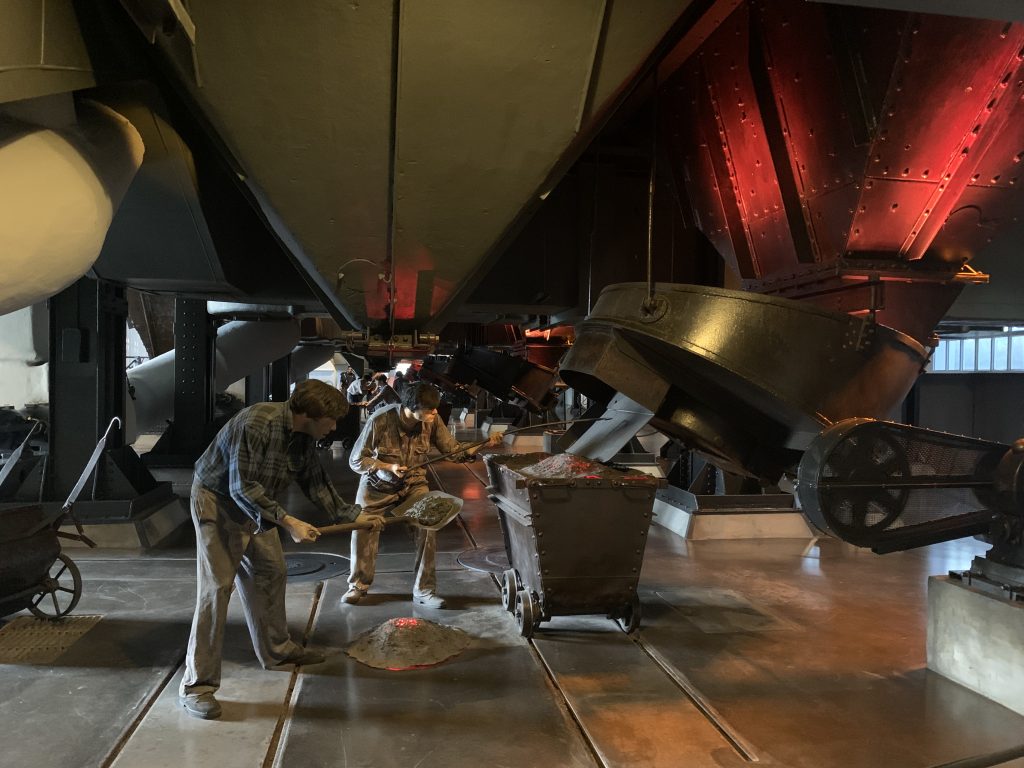
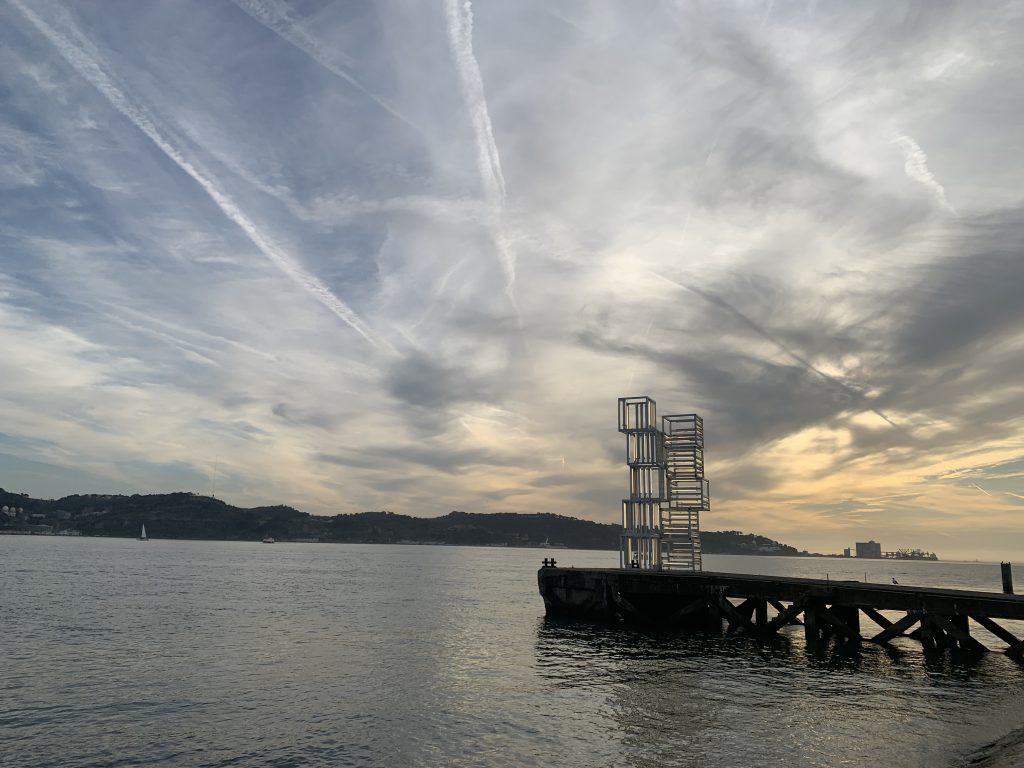
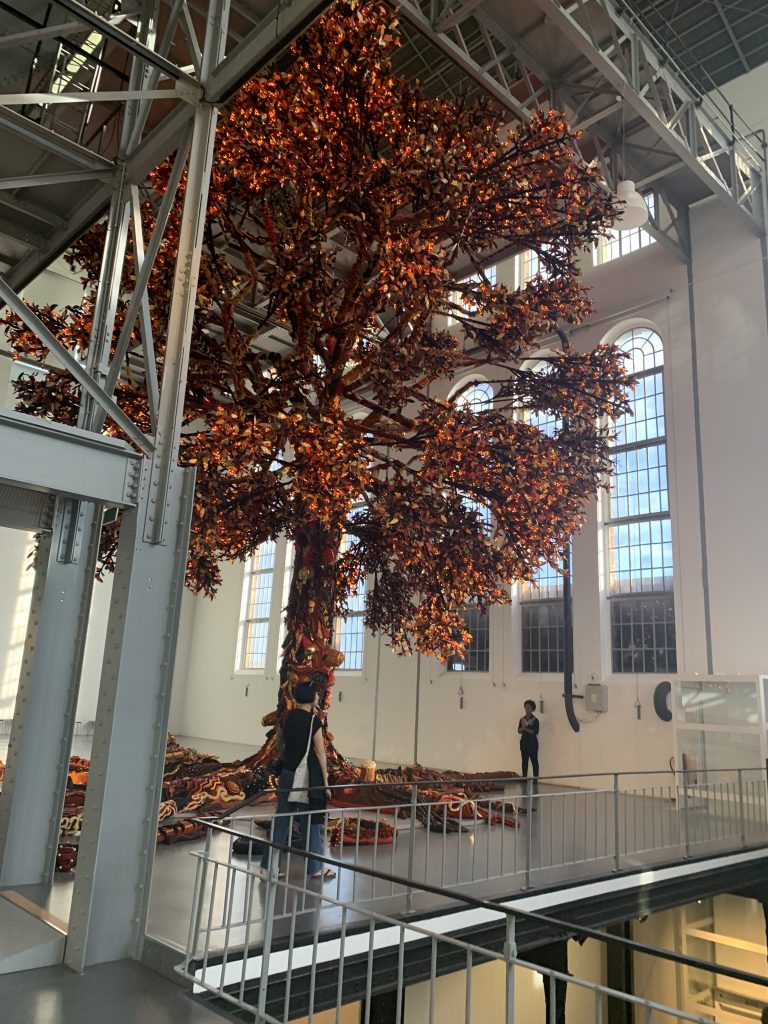
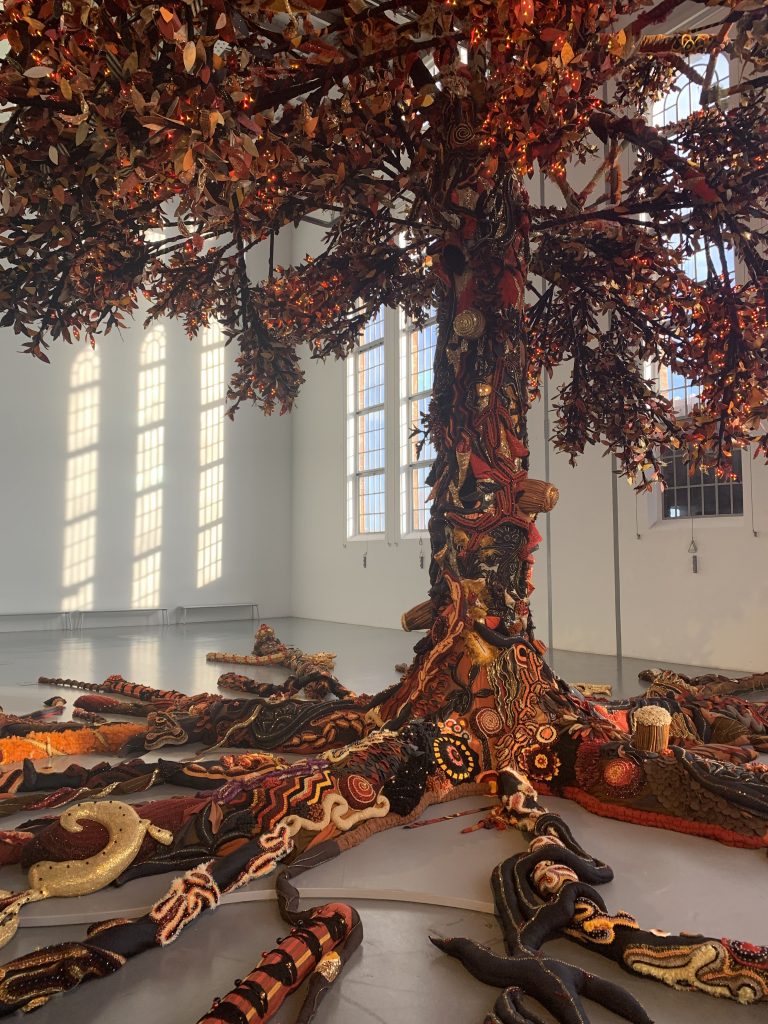
The Santa Justa Lift
The lift is in the neo-Gothic style, the beautiful exterior is almost entirely wrought iron. It features filigree work, geometric patterns and elegant neo-gothic arches.
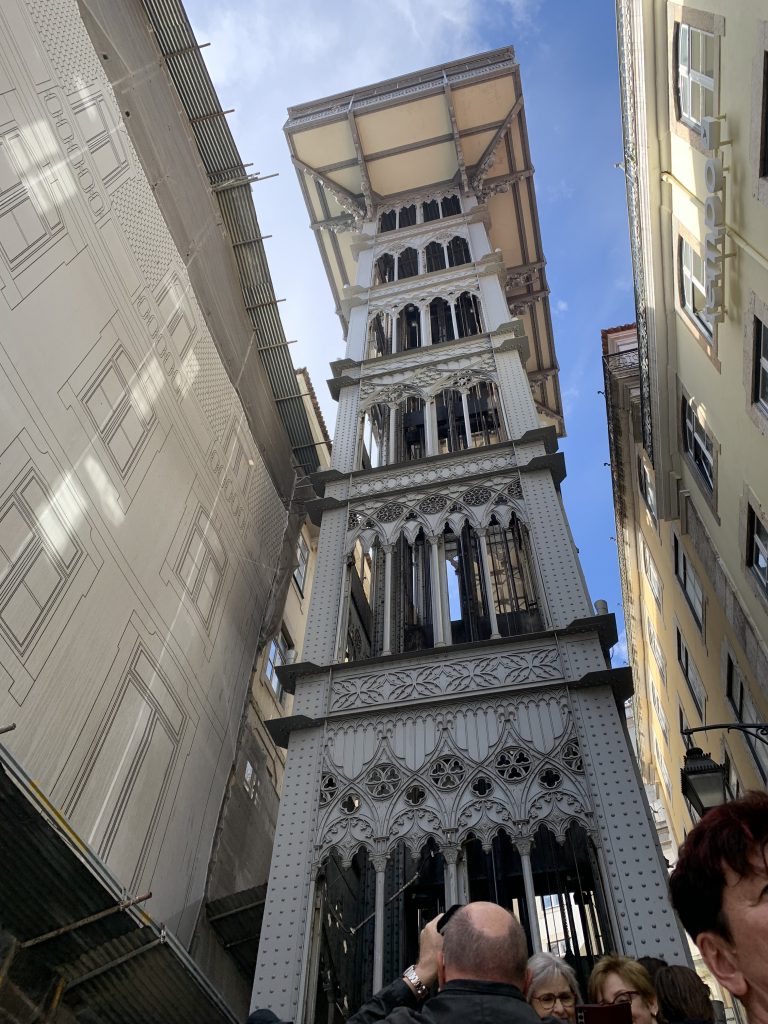
Portuguese engineer Raoul Mesnier du Ponsard, who design of the Santa Justa elevator, is said to have been an apprentice of Gustave Eiffel and he was inspired by the Eiffel Tower.
It’s 45 meters high (148 ft). At the top there is a narrow spiral staircase that goes up to the observation deck. It offers a 360º-view over Baixa.
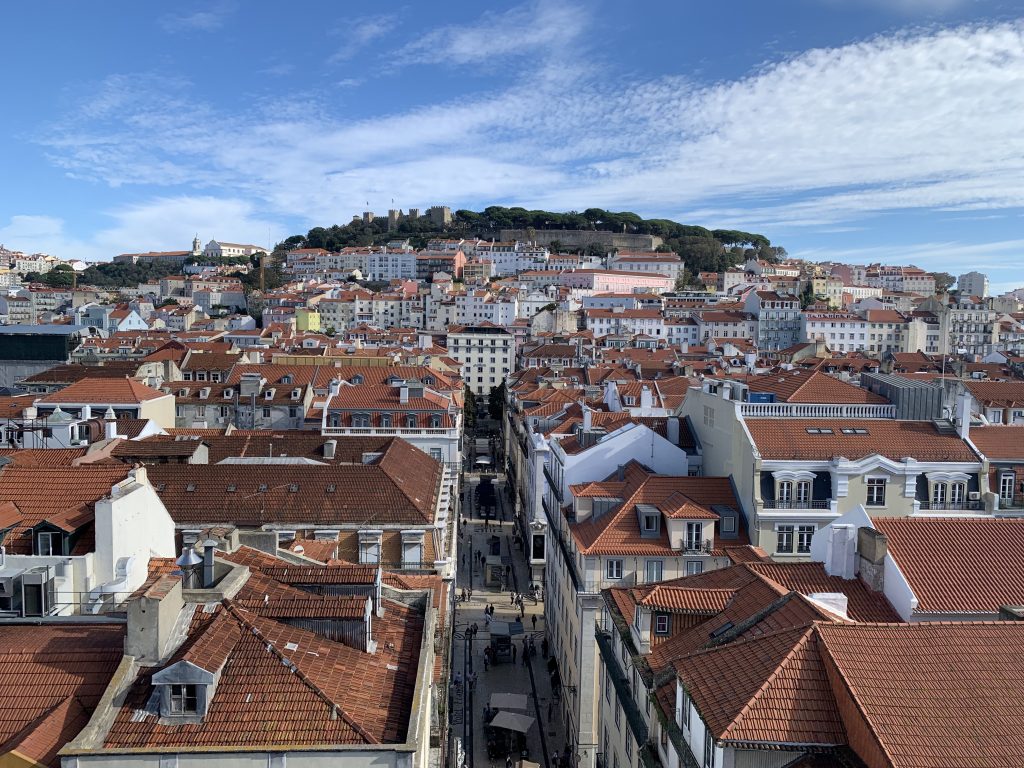
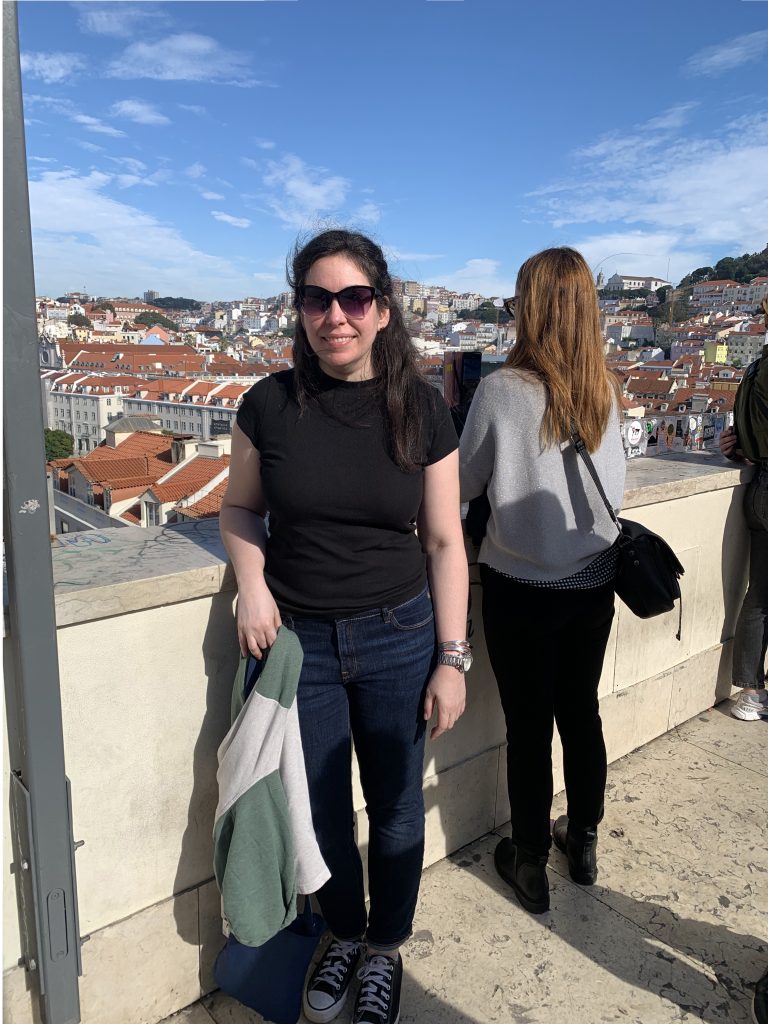
BELEM TOWER
The tower was built in 1515 as a beacon and fortress to guard the entrance to Lisbon’s harbor.
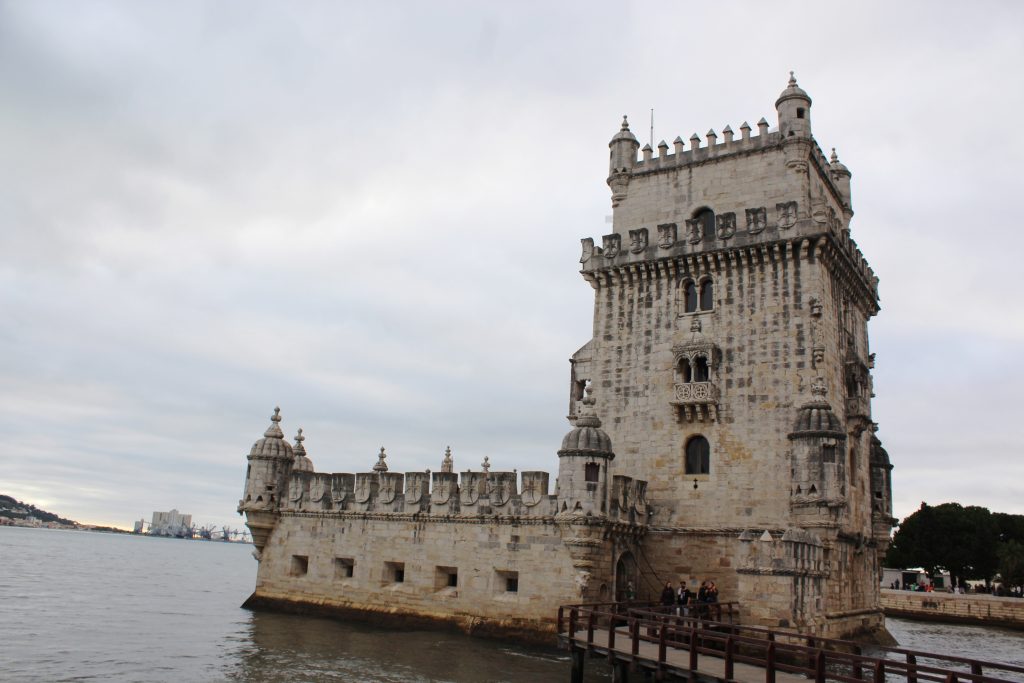
Built during the height of the Portuguese Renaissance the tower is a great example of the Portuguese Manueline style. Built from a beige-white limestone local to the Lisbon area and thereabouts called Lioz.
![]()

JERONIMOS MONASTERY
Designed by the Portuguese architect Diogo de Boitaca to commemorate the return of Vasco da Gama from India.
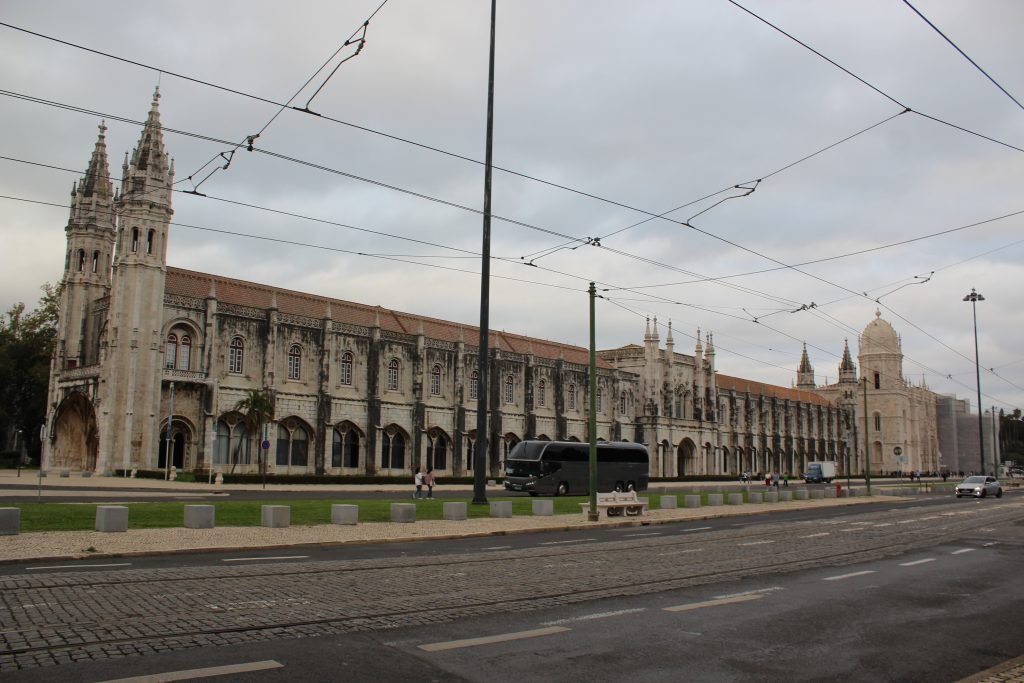
The monastery was built on the site of the former Ermida do Restelo, the chapel where Vasco da Gama and the rest of the sailors prayed before setting sail down the African coast to India.
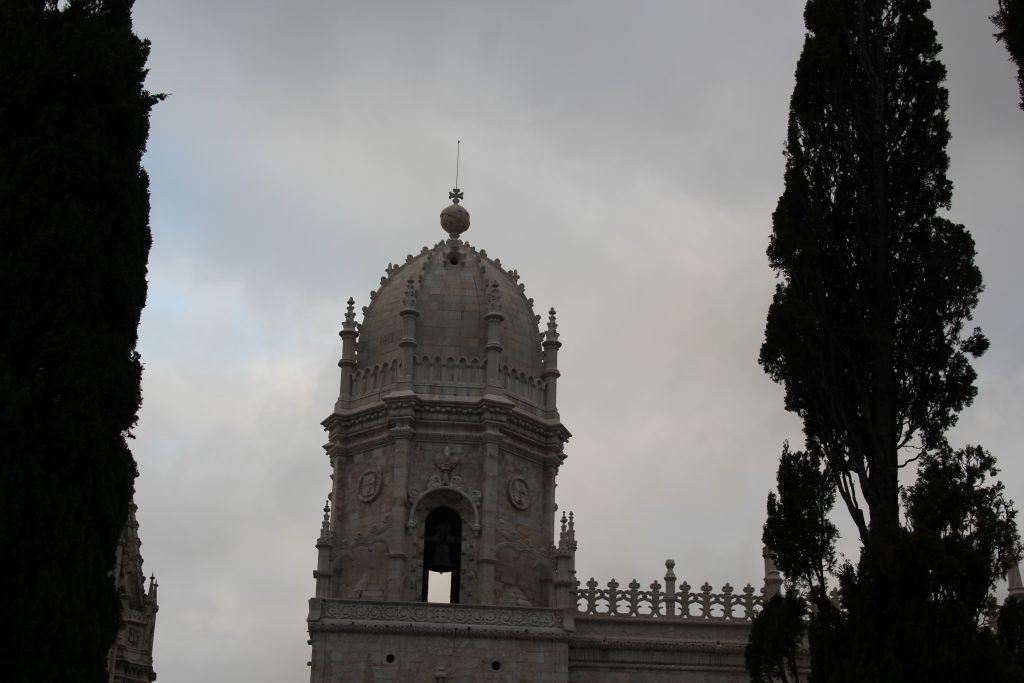
– – – – – – – – –
